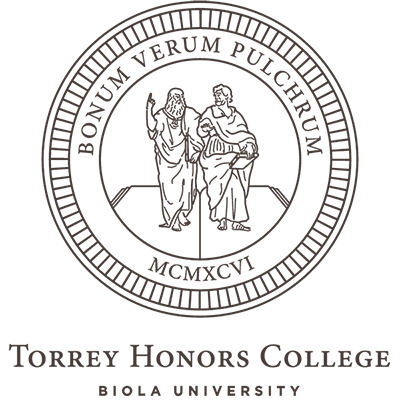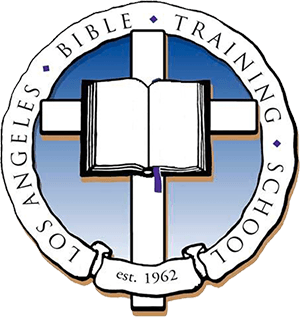A scene from the Leben der heiligen Altväter (1482)
Permanent Self-Hallowing and the Processional Life of GodFrom a Symposium on Sonderegger's ST II
Sapientia, A Periodical of the Henry Center
Katherine Sonderegger freely admits that in her Systematic Theology, Volume 2 she has written “an unfamiliar, perhaps odd book on the Holy Trinity” (p. xxix). It is also a masterpiece, a sustained virtuoso performance at the highest level of academic systematic theology. Sonderegger attempts things that only a handful of living practitioners could aspire to; she sets for herself lofty goals and then conjures creative strategies for pursuing them. Since the publication of the first volume in 2015, I have recognized that Sonderegger’s books demand to be read twice: a first time admiringly, with sheer gratitude that such a voice is speaking in this generation, and a second time for critical response to the “unfamiliar, perhaps odd” things she proposes.
The first reading corresponds to Sonderegger’s authorial graciousness, as she celebrates a wide range of interlocutors, praising wherever she can, and seeking to synthesize all partial truths into a more comprehensive vision. It sometimes seems as if nobody is really quite wrong, on Sonderegger’s account—not even Tillich! But the required second reading corresponds to her iron determination that all is not well in the realm of modern trinitarian theology; she sees much disarray; many things need to be decisively re-oriented. She has taken sides, and responsible readers have to give an account of where they stand in this new landscape.
In broad strokes, here are the problems Sonderegger sees in modern trinitarianism: It treats the Old Testament as a merely incipient phase in progressive revelation, where the Trinity is not yet to be found. It treats the revelation of the Trinity as so immediately bound to the history of salvation that the missions of the incarnate Son and the Pentecostal Spirit are the only clues to processions in the life of God. It approaches the Trinity as a truth purely revealed but otherwise unknowable, and therefore only intellectually credible in a double-negative sense (not not credible). In its most fervent phases, modern trinitarianism is alarmingly prone to collapsing the being of God into the history of salvation without remainder. It has few defenses against mutating into hard, social trinitarianism, resulting in a view of God as a group of three divine people closely linked and actively cooperating. Overall, trinitarian theology has devolved into an indoor sport in a club limited to Christian membership, very important for insiders but dwindling into insignificance a few feet out from the front door. This is a composite sketch which combines unlike features, and probably doesn’t match any actual single theologian. Readers who recognize some of these features in conventional trinitarian theology may still disagree about whether they are problems or solutions. But the sketch shows what Sonderegger is setting out to correct.
Sonderegger administers correction only incidentally by way of critique, but preferably by way of massive, constructive counter-proposal. Here is what Sonderegger counter-proposes: The immanent Trinity of God is manifest in the altar sacrifice of the Old Testament. This manifestation is discerned by a contemplative or metaphysical reading of Scripture, one which takes the Bible’s genre and idiom as disclosures of ultimate reality….
 Fred Sanders
Fred Sanders

